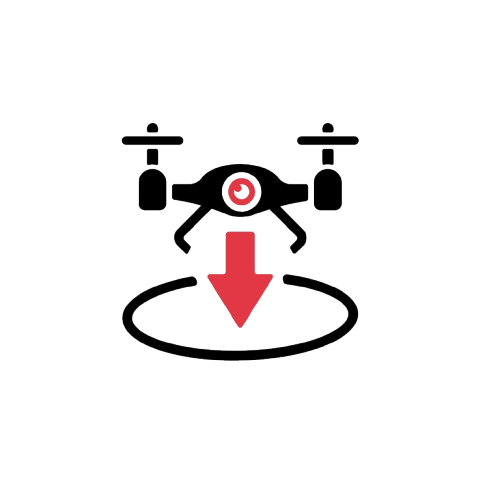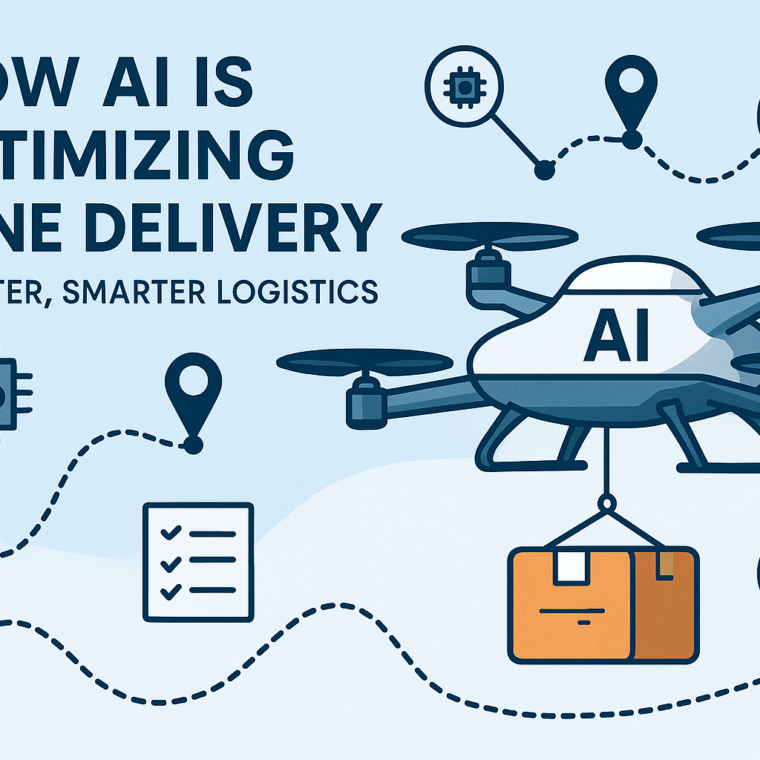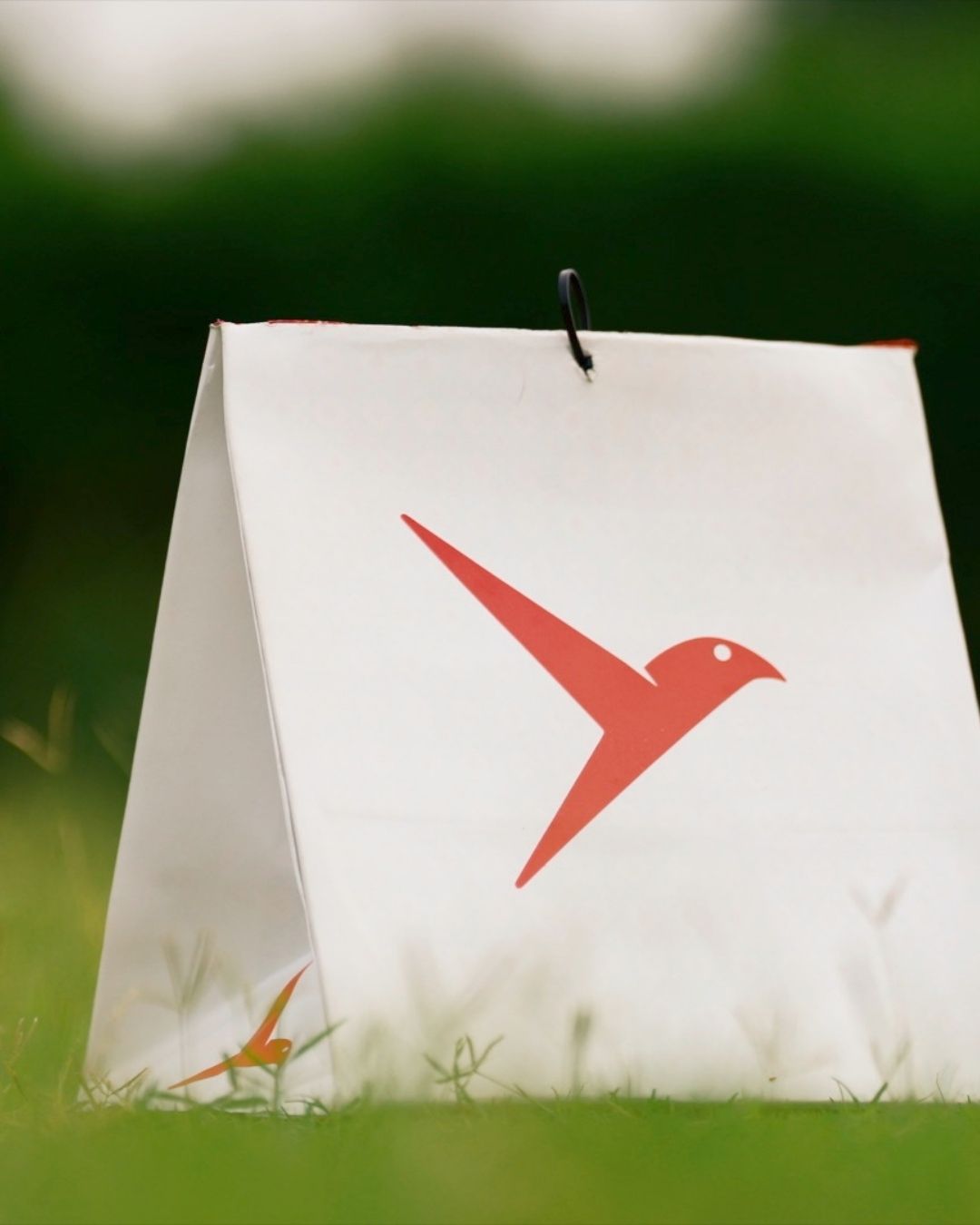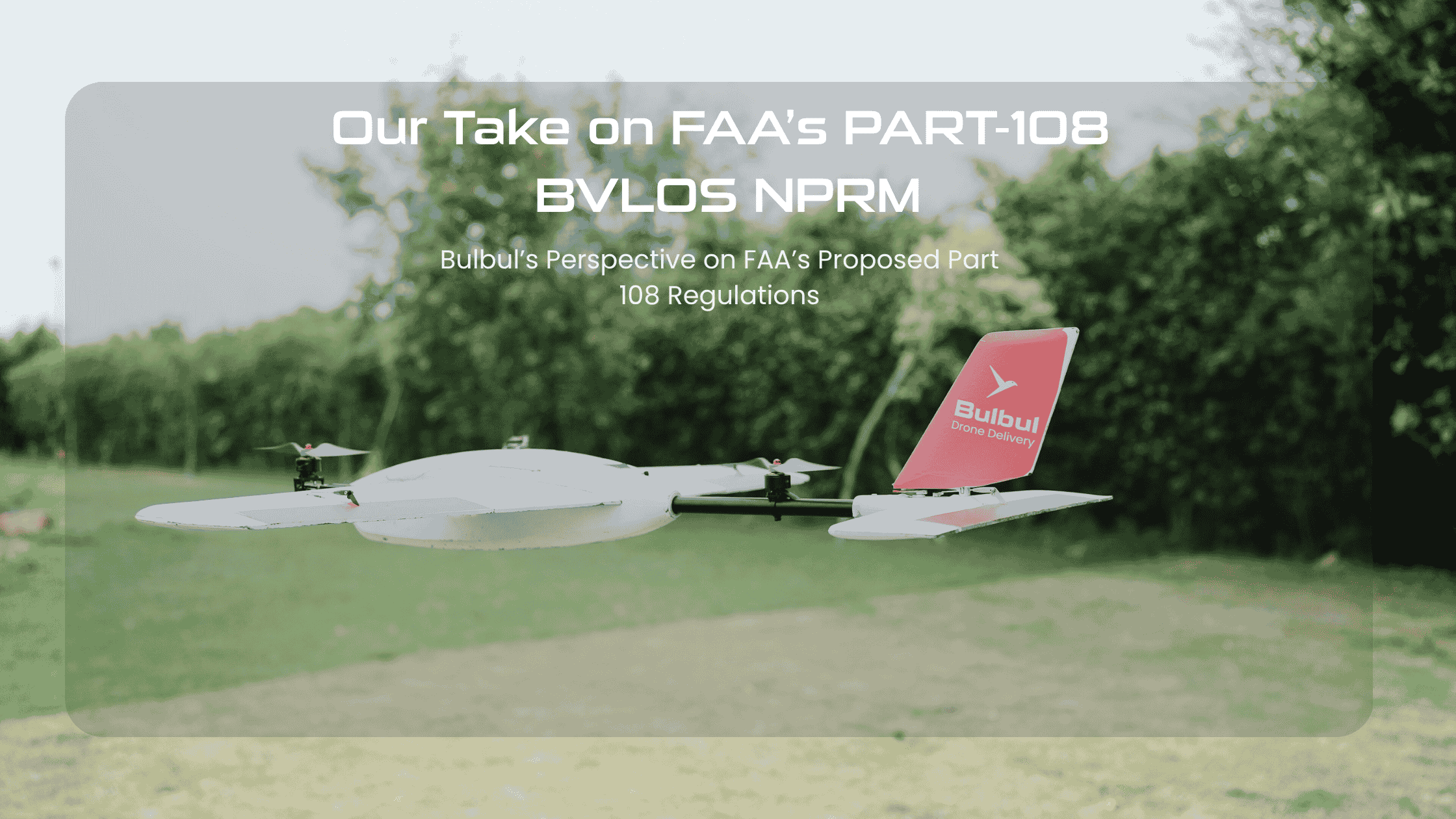The notion of drone package delivery has evolved from futuristic fiction to practical innovation in recent years. Furthermore adding to the strength of this change is the integration of artificial intelligence. AI for drones nowadays is not only a buzzword but also a paradigm change in our understanding of the transportation of products. AI is accelerating, safer, and more efficient local delivery by drone as well as time-sensitive drone parcel delivery. Thanks to artificial intelligence, drones for package delivery are flying smarter from cities to outlying regions. This article explores the precise manner in which artificial intelligence is changing drone delivery as it exists now.
The Brains Behind the Wings
Artificial intelligence systems guiding drones in duties including navigation, collision avoidance, package drops, and even inventory scanning are referred to as artificial intelligence for drones. AI-powered drones can run autonomously rather than depending on distant human control. Sensor, GPS, and onboard computers guide their decisions. The drones can fly in metropolitan area, avoid buildings, identify things, and even learn from earlier missions.
One of the factors attracting interest in artificial intelligence for drones is its capacity to boost speed and accuracy without raising expenses. Recent studies claim that in trial projects, AI drones now handle up to 70% of metropolitan deliveries. That’s effective, not only great.
Smarter Navigation for Faster Delivery
Drone delivery historically presented many difficulties. Major issues were buildings, trees, the change in the weather, and electricity lines. Now, though, artificial intelligence for drone operations overcomes these challenges using improved mapping, GPS, and obstacle recognition technologies. Real-time flight path optimization helps drones avoid following predefined tracks that change with the seasons.
Here machine learning is really important. Every mission helps drones learn. The drone will thus take a different path next time if last time one of them experiences too much interference. decreased energy use, decreased delays, and happier consumers awaiting their drone package delivery follow from this.
Boosting Speed Without Sacrificing Safety
Though nobody wants a drone crash-landing in their backyard, everyone enjoys quick delivery. Artificial intelligence guarantees that never happens. AI for drones consists of sensors and software meant to identify items on the ground and in the air. Should something get in the way, the drone reroutes immediately.
Businesses like Bulbul are leveraging artificial intelligence to guarantee the exact drop location for packages. Drone delivery is quick and safe, whether in a rural town or a high-rise city. Something people could overlook is that artificial intelligence also computes the ideal landing zones depending on space, ground type, and barriers.
Environmental Wins with Smarter Routes
AI for drones benefits the earth and delivery. Running on electricity, drones have far less carbon footprint than vans or trucks. Even more energy is saved when artificial intelligence guides the selection of the shortest and safest path.
The World Economic Forum claims that employing drones rather than conventional vehicles can save energy use by up to 94%. In the context of climate-conscious modern society, that is quite significant. Emissions are less every time a drone delivers a package than a gas-powered van. Users of Bulbul, for instance, even get CO2 savings credits for every delivery. That is sustainability and technology dancing hand in hand.
Making Inventory Smarter and Faster
AI drones serve purposes beyond just delivery. They are also altering warehouse and inventory control practices. Equipped with artificial intelligence, drones can fly within storage facilities scanning barcodes, monitoring inventory levels, and tracking products.
By using real-time tracking, companies can prevent typical issues such as overstocking or stockouts. Retail behemoths like Walmart and Amazon are already employing drones for inventory control. In this regard, artificial intelligence for drones helps make decisions faster, thereby improving supply chains and reducing running expenses.
Solving the Last-Mile Problem
The most costly and slowest aspect of logistics is the last mile of delivery, the little final journey from the warehouse to the doorstep. AI for drone modifications that Drones can make several stops in one flight by means of route optimization and smart scheduling, therefore minimizing the required travel distance.
For delivery of healthcare especially, this is quite helpful. Businesses like Zipline use drones to deliver medical supplies and vaccinations to outlying locations. Usually within 30 minutes, the artificial intelligence guarantees the drone flies swiftly, lands safely, and delivers the present to the correct hands. Not only practical is this form of drone delivery. In an emergency, it saves lives.
Seamless Integration with Warehouse Systems
One main advantage of artificial intelligence for drones is how nicely it matches current systems. Businesses do not have to destroy and rebuild processes. Rather, through APIs, artificial intelligence drones interact with modern warehouse management systems. That implies fewer mistakes, better logistics, and real-time inventory updates.
This helps people and robots coordinate. Warehouse staff may track drone flights, view delivery statuses, and improve operational planning. In the long term, this results in more simplified corporate systems and improved client experiences.
The People Power Behind the Technology
Although artificial intelligence and automation sometimes beg concerns about replacing humans, the reality is more about cooperation. Experts in aerospace, tech, and logistics labor behind the scenes at organizations like Bulbul. Real people who value invention and safety build and oversee artificial intelligence for drone applications.
Bulbul’s founder, Mohammed Elyas, oversees growth into areas like the Middle East and Europe. The company, which includes engineers like Ankur Verma and industry specialists like Jay Talaviya, is pushing limits yet firmly anchored in reality.
The Road Ahead
Drone delivery seems to have a bright future. As artificial intelligence develops, drones will get ever smarter. Think of better weather forecasts, more intelligent payload handling, and even personal engagement for safe handoff.
About 75% of logistics organizations are predicted to employ some sort of cyber-physical automation by 2027. Moreover, artificial intelligence for drones is not only beneficial but also essential given a driver shortage predicted to reach 160,000 in the United States by 2030. Businesses using drones to deliver goods would not only speed up operations but also save money and lower their environmental impact. And that yields victory everywhere.
Conclusion
AI for drones is changing our conception of delivery from better routes to greener operations. This technology has demonstrated to be here to stay whether it’s accelerating delivery, enhancing safety, or streamlining supply chains. Drone package delivery is becoming more frequent and amazing daily as businesses like Bulbul lead the way. Drone delivery should be not only faster but also wiser and better for the Earth as artificial intelligence keeps developing.
To learn more or partner with a company already flying into the future, visit BulbulDelivery.















